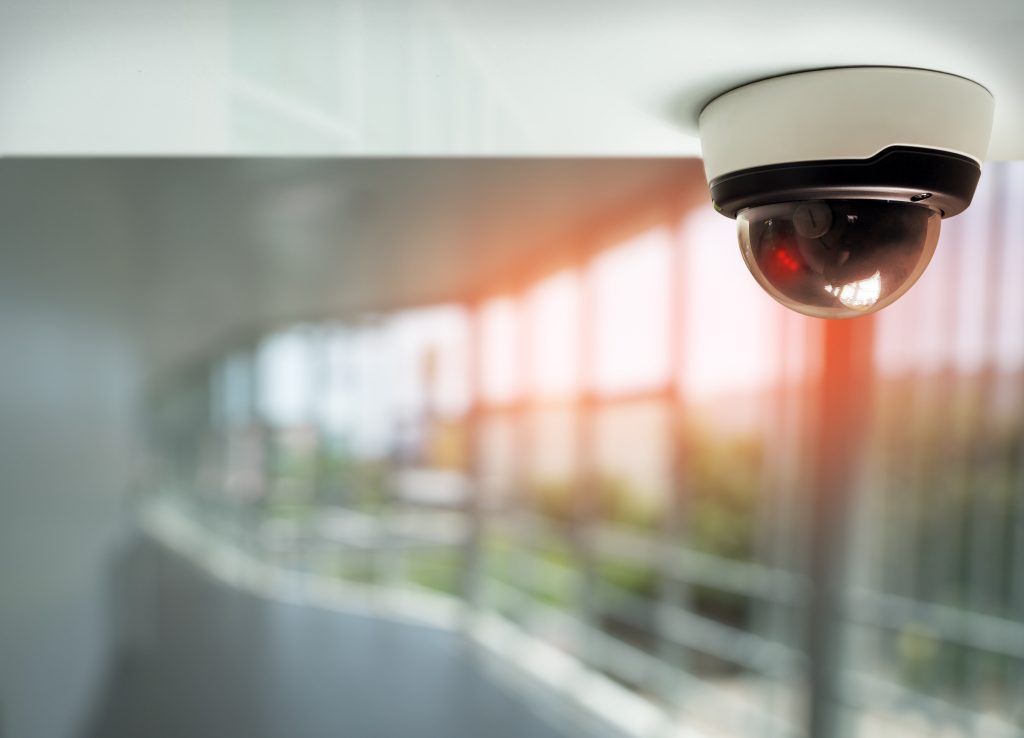With the growing complexity of modern builds, particularly those involving large structures, traditional methods of monitoring progress often fall short. Time-lapse cameras provide an innovative solution that is transforming how construction projects are documented and managed.
This blog will explore how time-lapse cameras are reshaping the construction industry. From enhancing project management and communication to improving transparency and accountability, the benefits of this technology are vast.
What Are Time-Lapse Cameras?
Time-lapse cameras are specialized devices designed to capture images or video footage at pre-set intervals over an extended period. Instead of recording in real-time like traditional video cameras, time lapse cameras take individual frames at spaced-out intervals, such as every minute, hour, or even daily, depending on the project’s needs. These individual frames are then compiled into a video, giving viewers a compressed visual representation of a lengthy process that would otherwise take hours, days, or even months to witness in real-time.

Benefits of Using Time-Lapse Cameras
Time-lapse cameras offer numerous advantages for construction projects, from improving project management to enhancing communication and accountability. Understanding these benefits can help maximize efficiency and streamline construction processes.
1. Enhanced Project Management
Time-lapse cameras, including interior construction cameras, have improved project management in the construction industry. By capturing real-time images at regular intervals, these cameras allow project managers to remotely monitor the progress of both exterior and interior aspects of construction projects. This eliminates the need for constant site visits and provides managers with a clear view of the work being done across all areas.
They can track the project timeline, assess whether milestones are being met, and decide regarding scheduling and resource allocation. This remote oversight helps ensure projects remain on track, reducing delays and enhancing overall efficiency. Additionally, managers can easily identify bottlenecks, allocate resources where needed, and optimize workflows based on visual data, which improves project outcomes.
2. Improved Communication
Communication among stakeholders, contractors, and clients is enhanced with the use of time-lapse camera system. These cameras provide a visual representation of the project’s progress, helping to bridge communication gaps between all parties involved. Instead of relying solely on reports or verbal updates, stakeholders can visually verify the progress, making discussions more informed and productive.
This clarity is especially useful when working with remote stakeholders or multiple teams, as everyone can see the exact state of the project in real time. As a result, any necessary changes or adjustments can be communicated more effectively, reducing the potential for misunderstandings.
3. Transparency and Accountability
Time-lapse cameras add a layer of transparency to construction projects by providing an objective and continuous record of the entire process. The footage serves as an unbiased reference point, useful for resolving any potential disputes or clarifying misunderstandings regarding deadlines, completed tasks, or unexpected delays.
This transparency creates a higher level of accountability for contractors, workers, and subcontractors, who are aware that their actions are being documented. It also helps maintain trust between stakeholders, as everyone has access to the same visual data and can verify progress firsthand, reinforcing the integrity of the project.
4. Marketing and Documentation
The time-lapse footage captured during construction projects can serve as a powerful marketing tool for construction companies. These videos visually showcase the company’s capability to manage large-scale projects efficiently and demonstrate their expertise to potential clients. Time-lapse videos are also excellent for creating compelling presentations, portfolio materials, or even social media content, highlighting the company’s innovation and professionalism.
In addition to marketing, the videos act as valuable documentation for future reference, helping companies analyze previous projects to improve their workflows, or even assist in future bids for similar projects by showing completed work.
5. Risk Management and Safety Monitoring
Time-lapse cameras contribute significantly to risk management by providing continuous monitoring of the construction site. Managers can use the footage to identify potential safety hazards, such as unsafe practices or risky behavior, before accidents occur. These cameras allow for a proactive approach to safety, as issues can be addressed immediately rather than after an incident.
Additionally, the recorded footage can serve as evidence for any incidents that do occur, helping managers review the circumstances and make improvements to safety protocols. In high-risk construction environments, this constant surveillance can also reduce liability by ensuring adherence to safety regulations.
6. Efficient Scheduling and Resource Allocation
With a detailed visual record of the construction project, a time-lapse camera system helps project managers evaluate productivity and adjust resource allocation as needed. The ability to analyze the footage allows managers to pinpoint areas of inefficiency, such as underutilized equipment or workers not adhering to the schedule.
This insight helps managers make informed decisions about reallocating resources, ensuring that both labor and materials are used optimally. By having real-time data on resource usage, project managers can also predict future needs more accurately, which leads to better planning, fewer delays, and improved cost control throughout the project’s duration.
Conclusion
In an industry where efficiency, communication, and accountability are paramount, time-lapse cameras have proven to be a game-changing tool for construction projects. As technology continues to evolve, the role of time-lapse cameras in construction is expected to grow, further enhancing the ability to track, analyze, and showcase progress. For companies looking to stay ahead in the competitive construction landscape, adopting time-lapse technology is no longer just an option—it’s a necessity for success.






